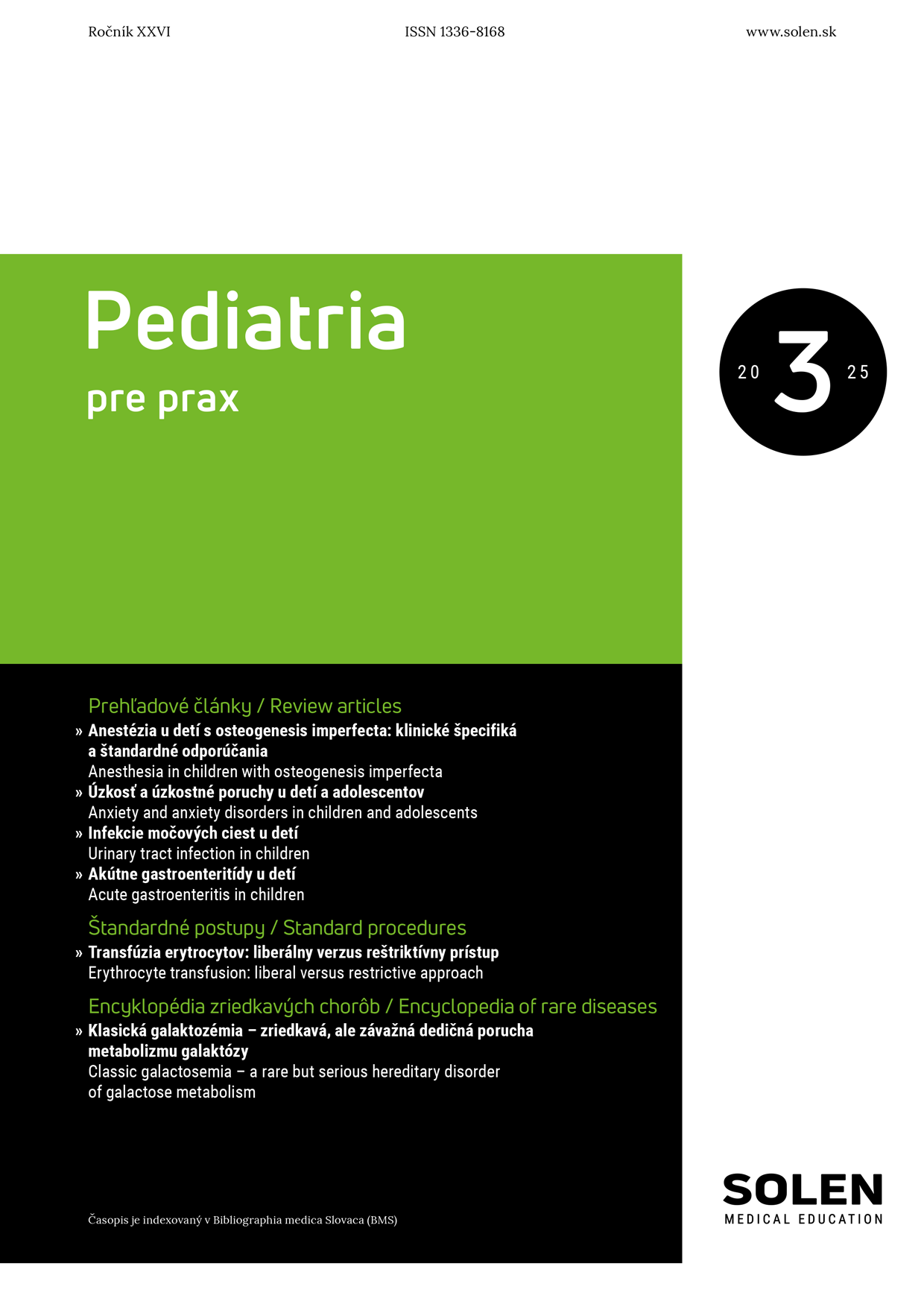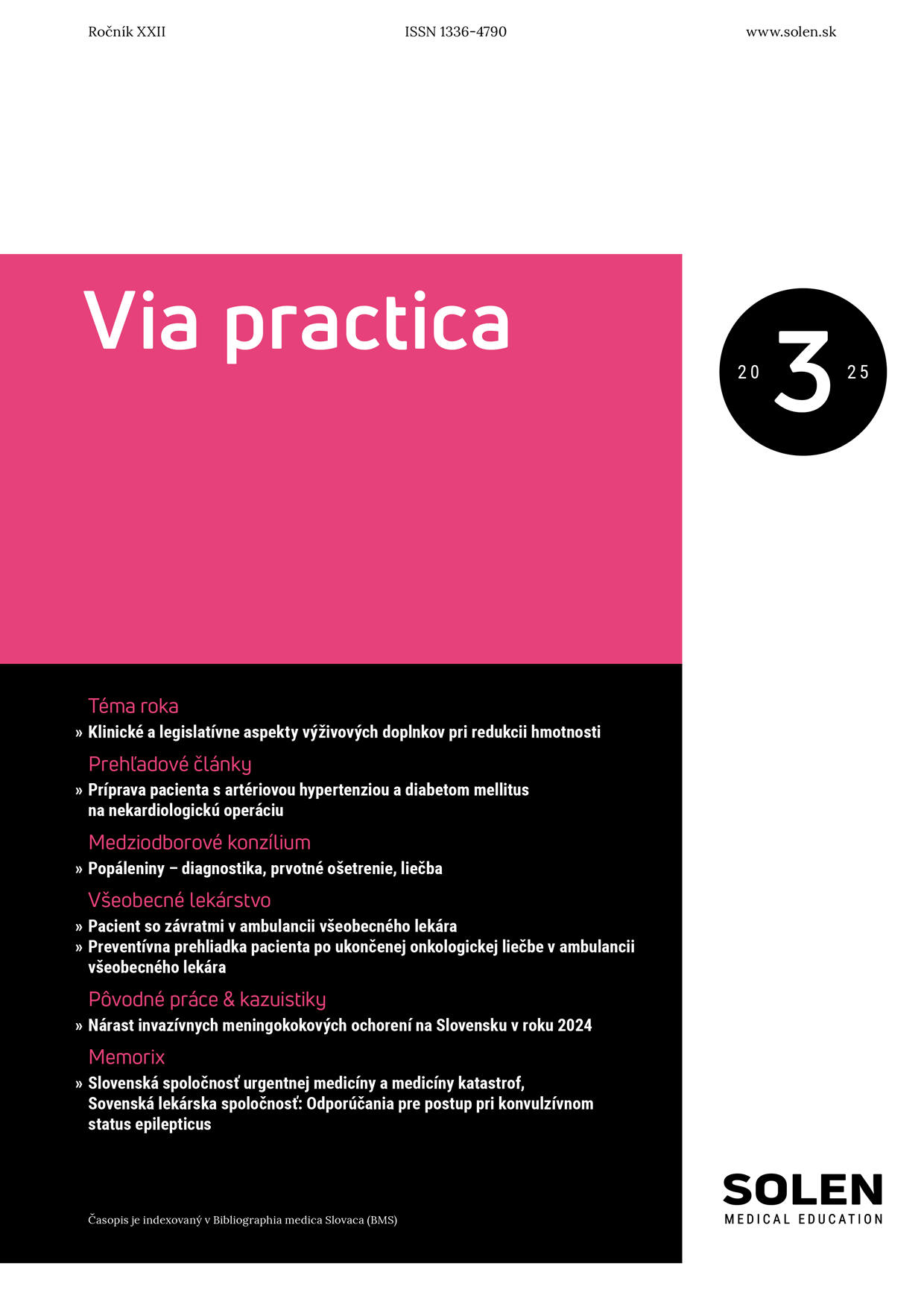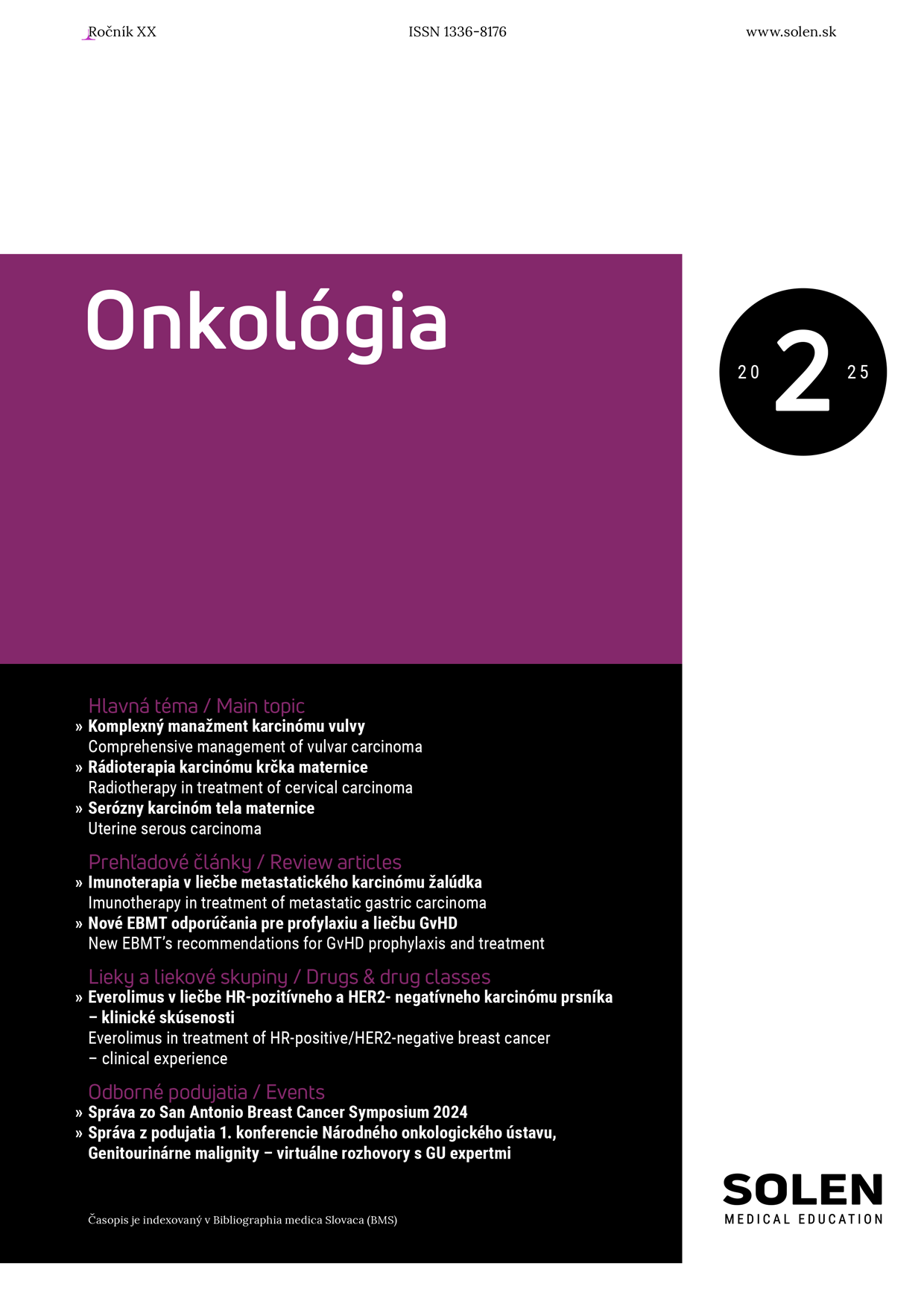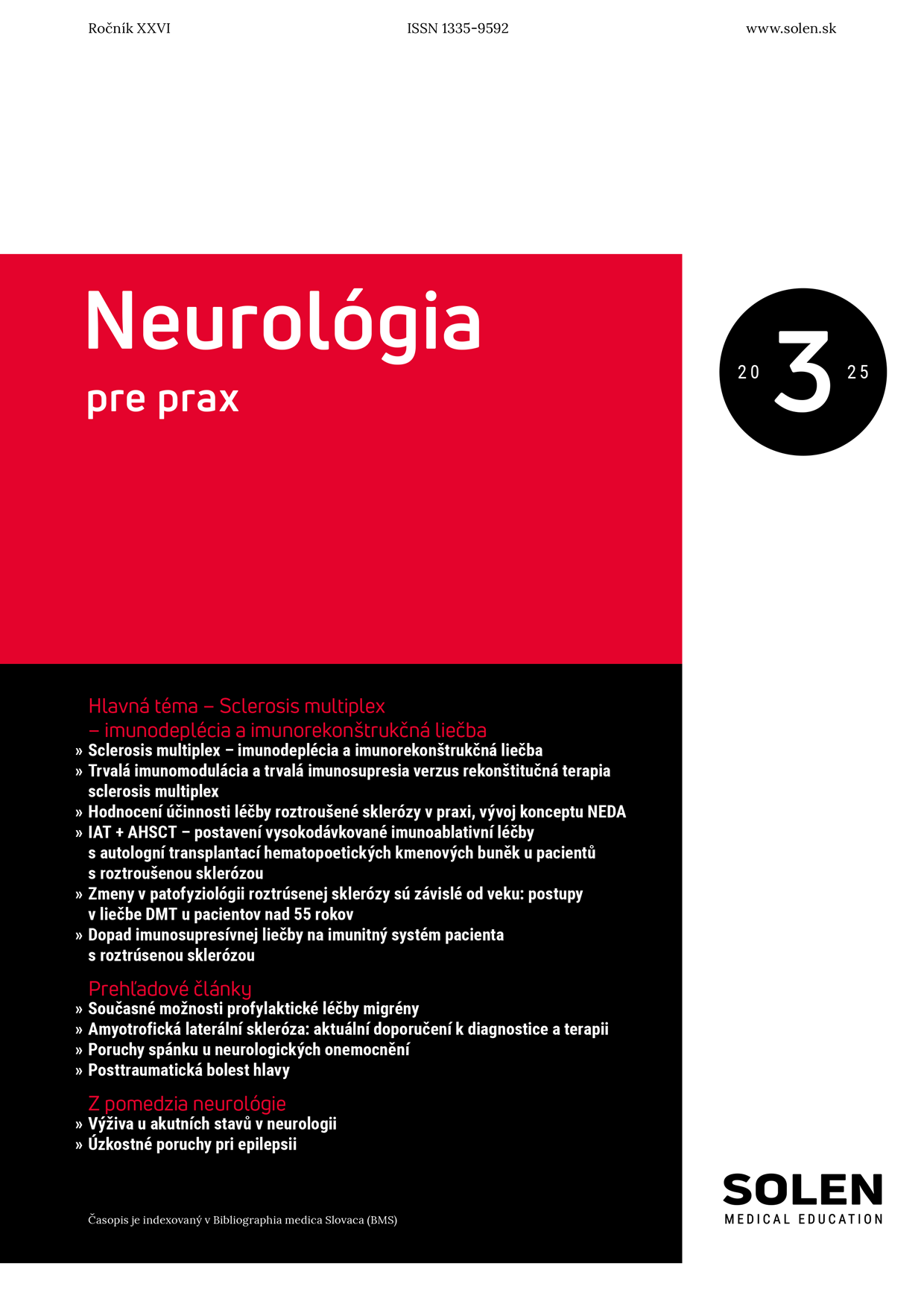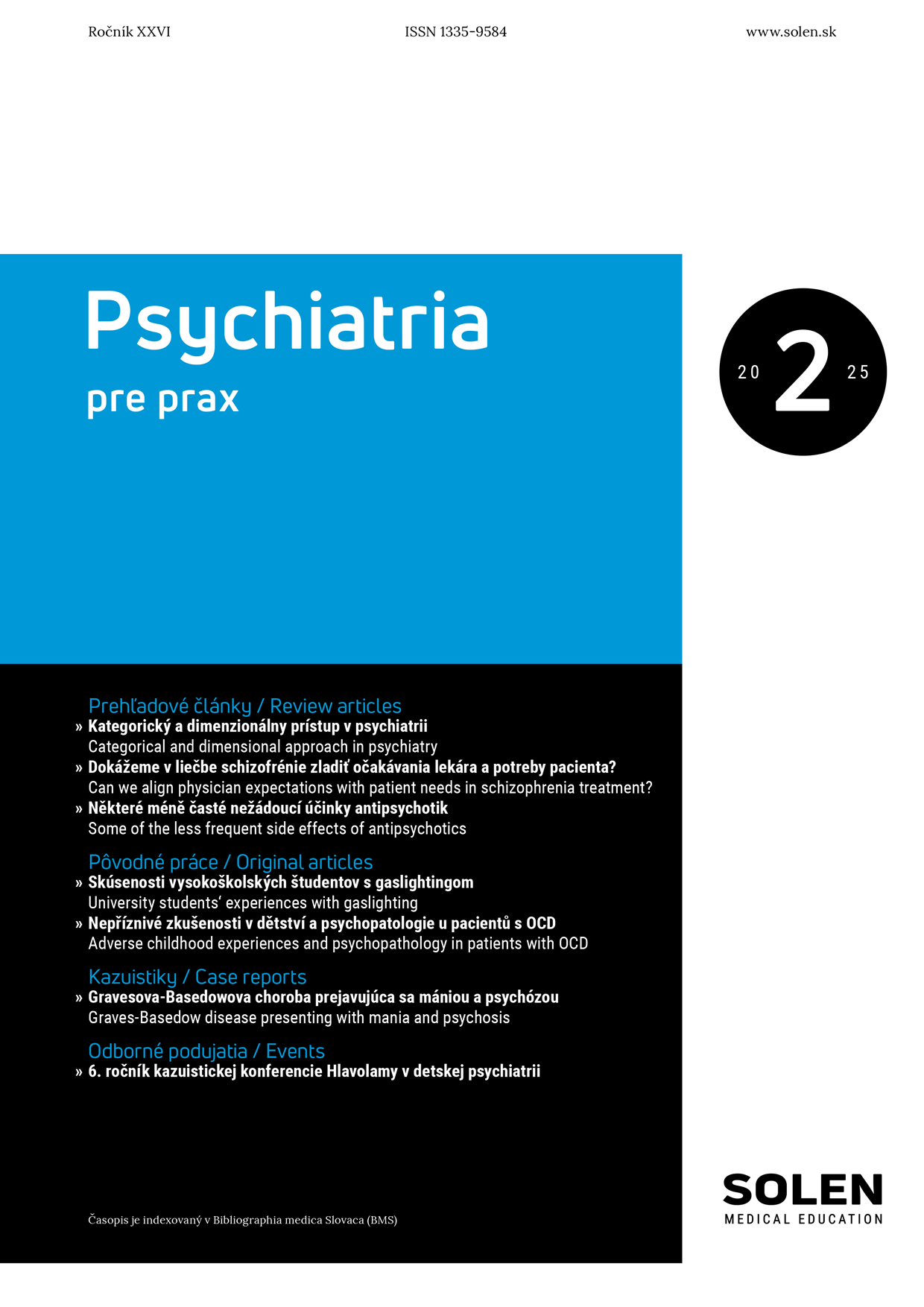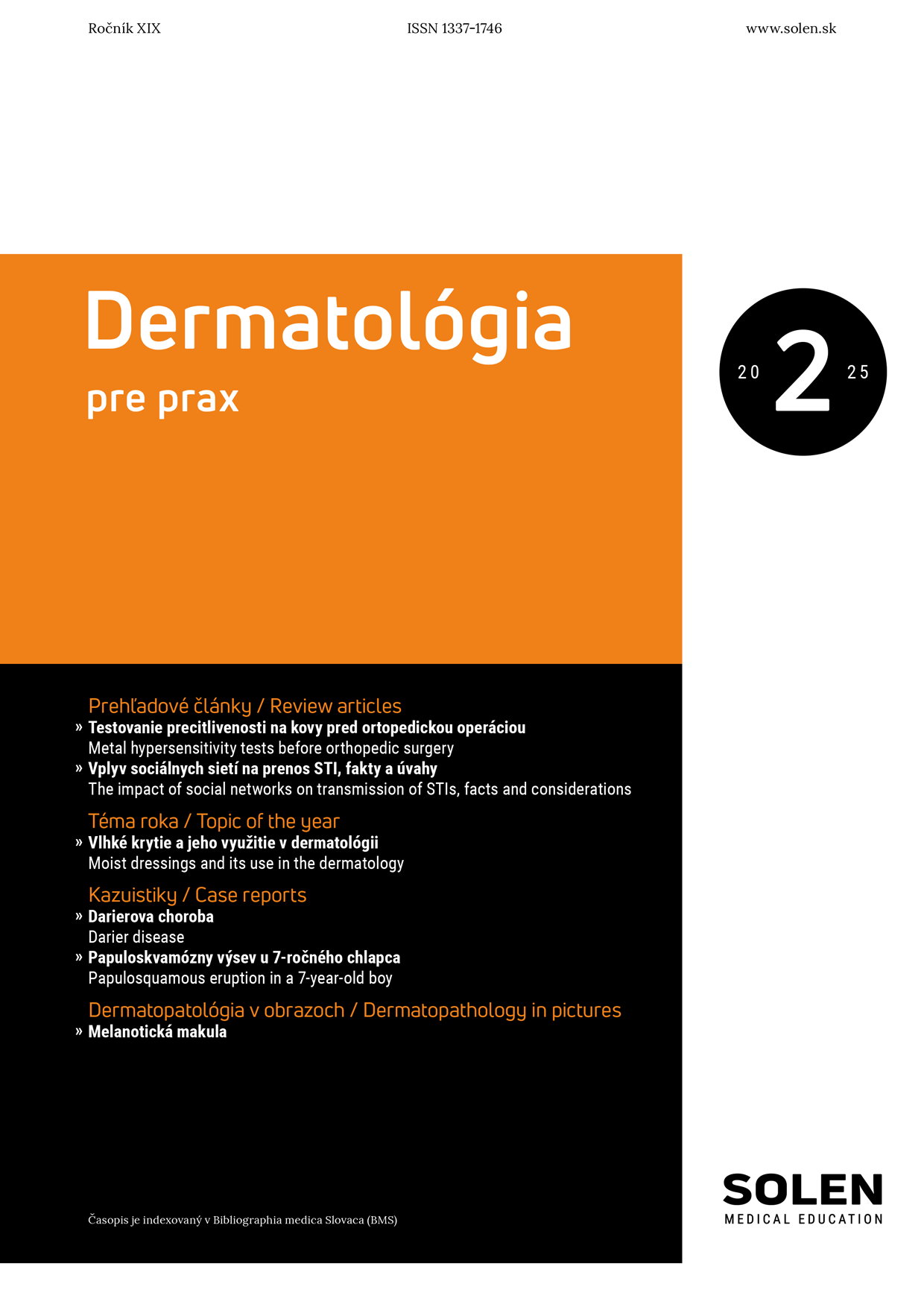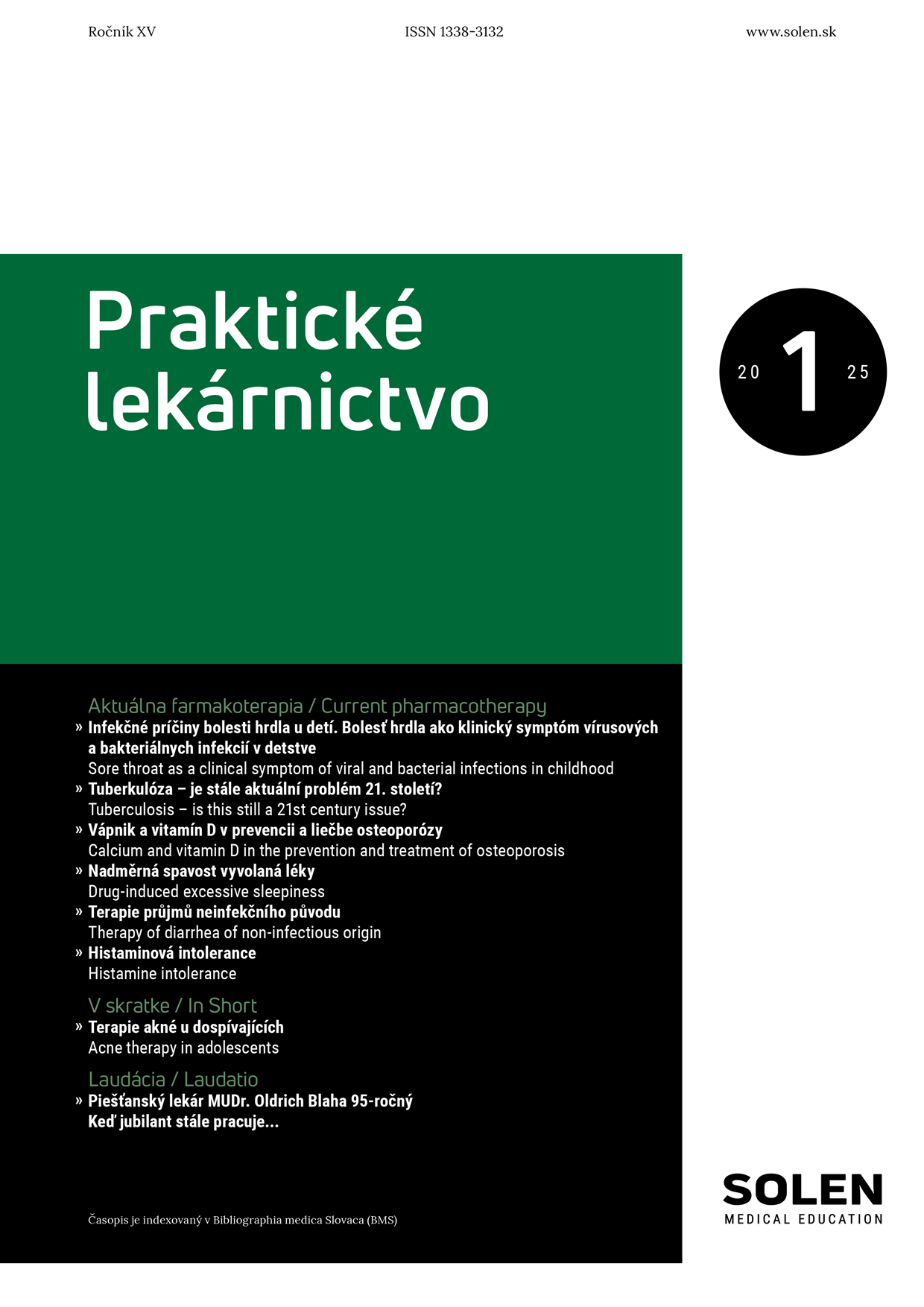Neurológia pre prax 2/2022
Autistický pacient v ordinaci (dětského) neurologa
Poruchy autistického spektra (PAS) se projevují v oblasti sociálních interakcí, komunikace a chování. Diagnózu autismu má stanovit za použití specializovaného psychologicko-psychiatrického vyšetření, které zahrnuje minimálně dvě standardizované metody, pouze erudovaný psycholog nebo psychiatr, který se touto problematikou dlouhodobě zabývá. Každý pacient s PAS by však měl být komplexně vyšetřen, aby byla zjištěna buď etiologie obtíží, nebo komorbidita skrytá pod obrazem autistických projevů. Rozmanitost diagnóz, které mohou být příčinou autistických projevů pacienta, dokumentují tři diametrálně rozdílné kazuistiky z praxe.
Kľúčové slová: autismus, diferenciální diagnostika autismu, komorbidity autismu
Autistic patient in a (paediatric) neurologist’s practice
Autism spectrum disorders (ASDs) are manifested in the area of social interactions, communication, and behaviour. The diagnosis of autism is to be made by an experienced psychologist or psychiatrist who has had long expertise in this field, using a specialized psychological-psychiatric testing which involves at least two standardized methods. However, every ASD patient should undergo comprehensive evaluation in order to ascertain either the aetiology of the symptoms or the comorbidity obscured by autistic symptomatology. The diverse diagnoses that can cause autistic symptoms in a patient are documented by three entirely different case reports from the practice. ses that can cause autistic symptoms in a patient are documented by three entirely different case reports from the practice.
Keywords: autism, differential diagnosis of autism, comorbidities of autism


